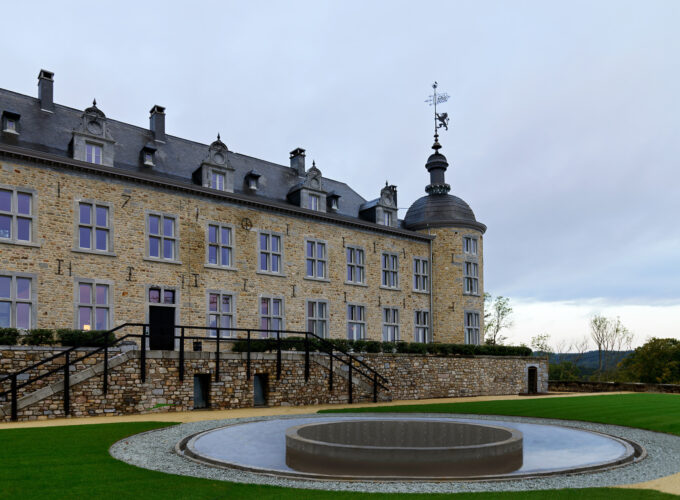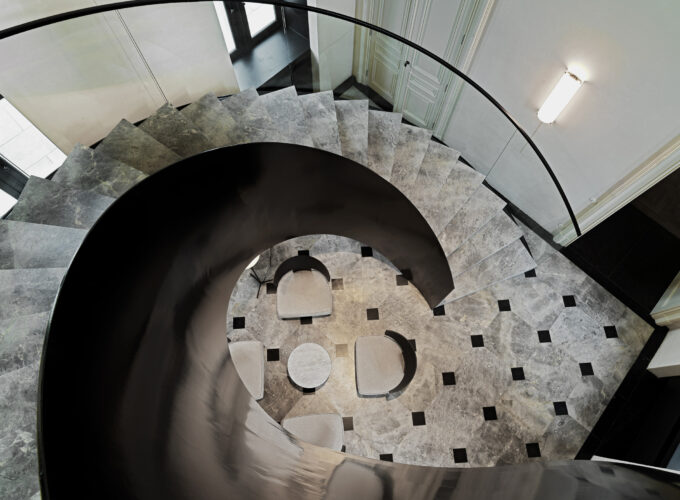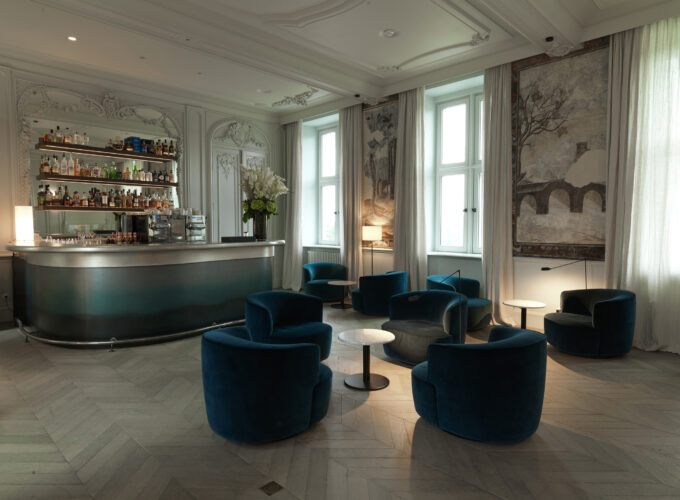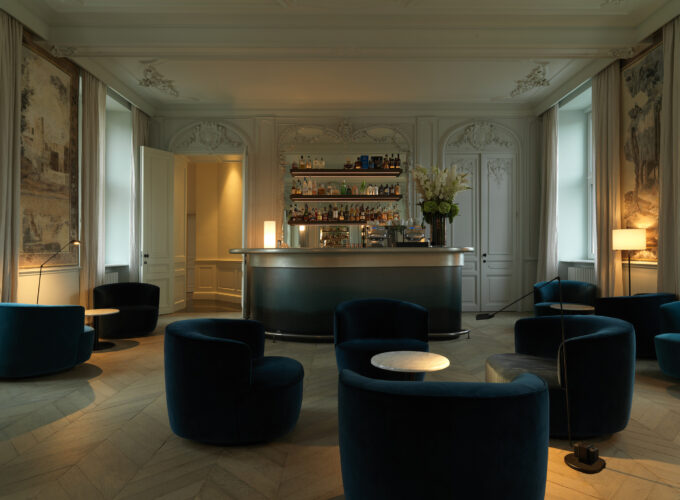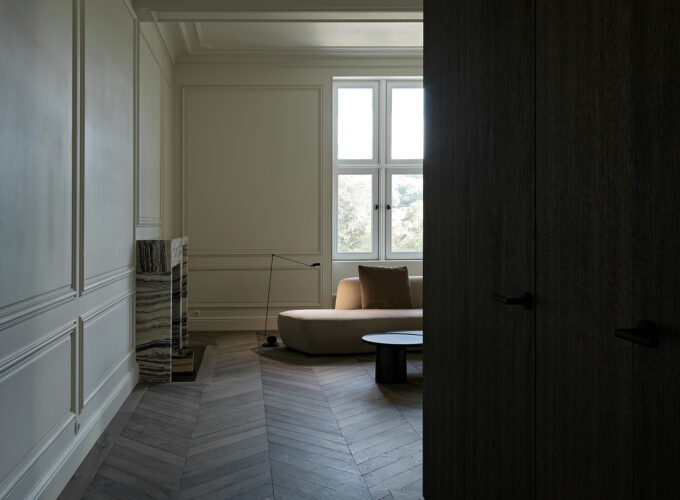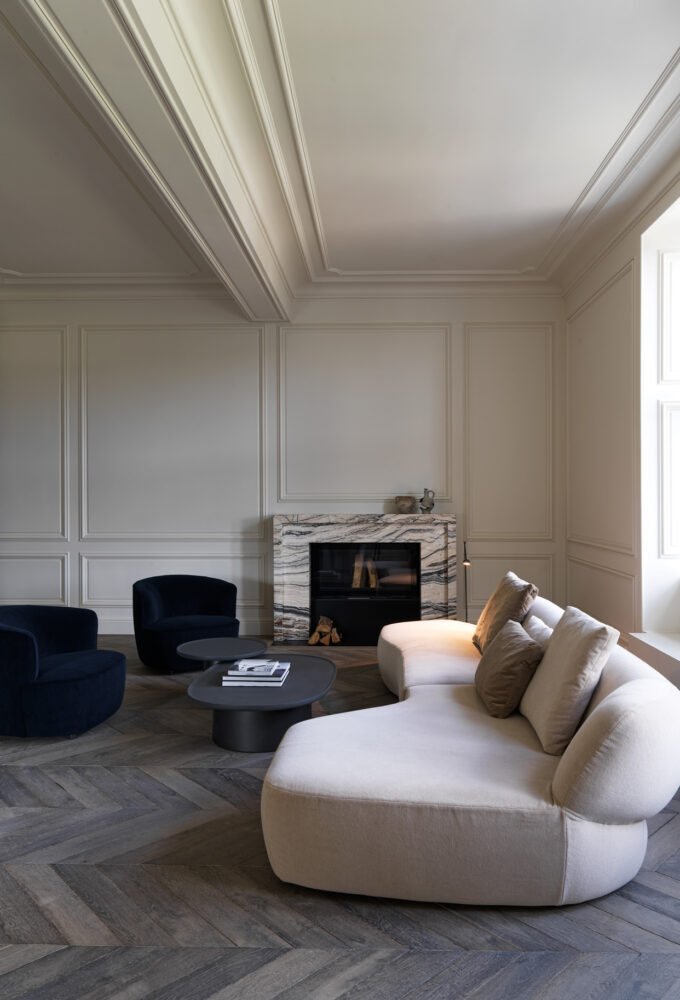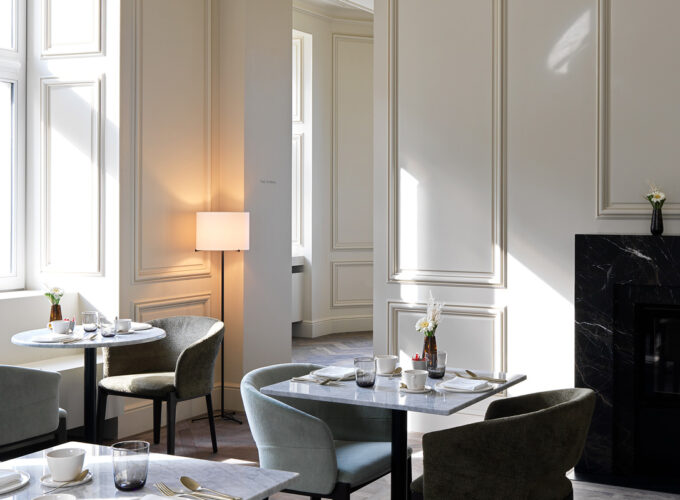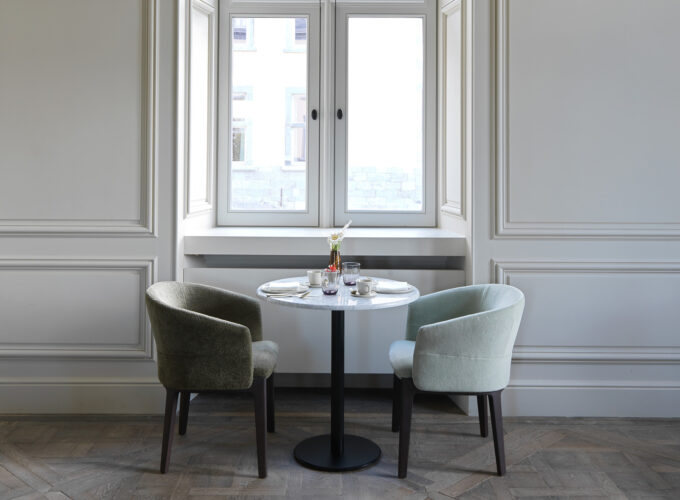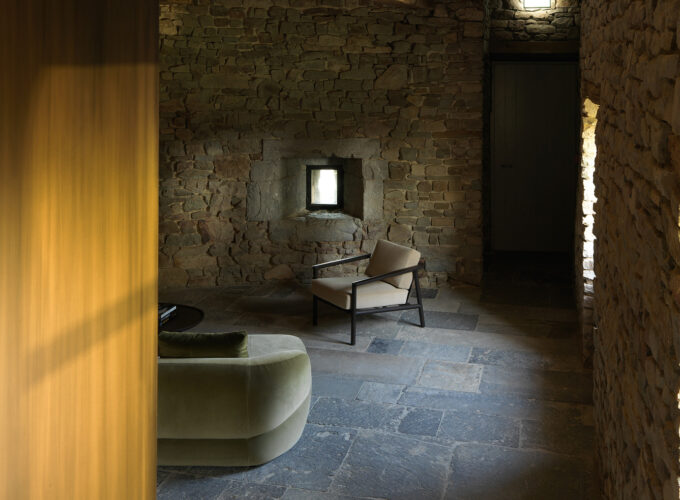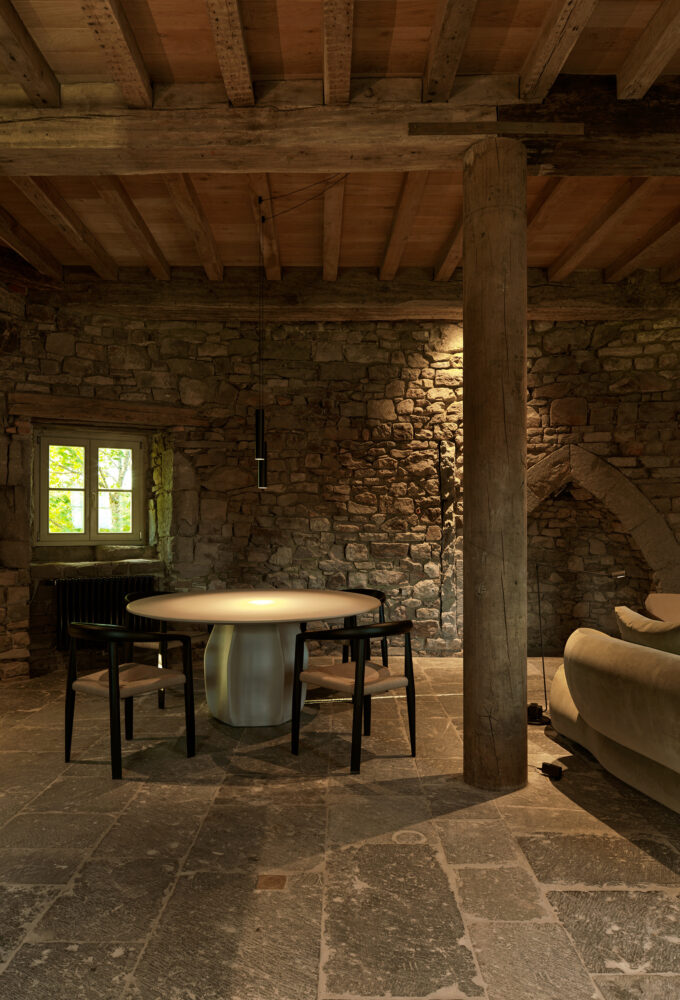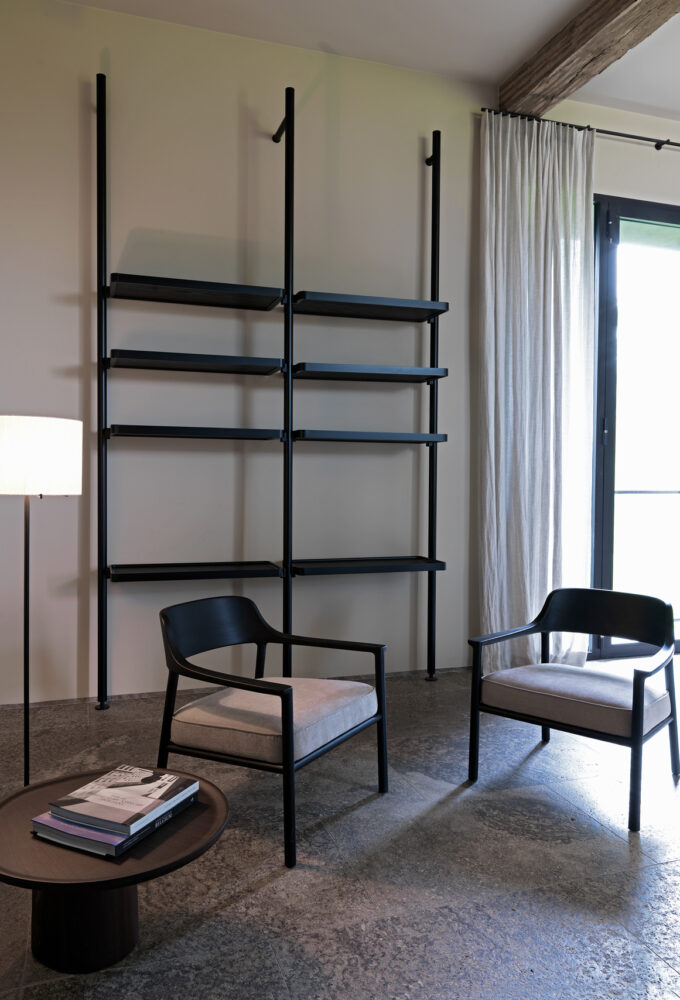Details
Château de Mirwart opened its doors in late August. Located deep in the forests of Saint Hubert, the château dates back to the Middle Ages. In 2015, the once grandiose monument was in a total state of disrepair. Today, the fortress of yesteryear includes a classy hotel, a gourmet restaurant, a banquet hall, several conference rooms and a luxury spa. And that is not all, because Château de Mirwart is more than a beautiful location for work and relaxation. It is an experience, a total experience.The Château de Mirwart boasts a rich, impressive history, dating back to the
Merovingians. Little of that history was visible when the current owner bought the building in 2015. After years of being abandoned, the castle had become dilapidated and vacant. Now, six years later, as much as possible of the spirit of the old castle has been revived, infused with modern elements, but with respect for the past.
-
Brands

